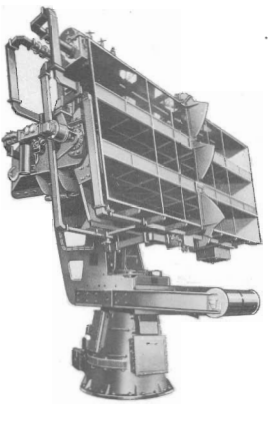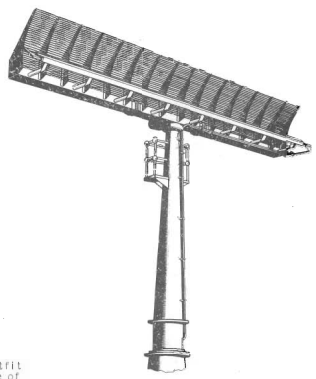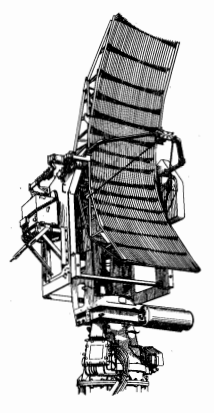- Joined
- 27 September 2006
- Messages
- 6,359
- Reaction score
- 6,669
I noted with interest JFC Fuller's comment about the new Friedman British Battleships book that material exists in the National Archives about proposed modifications to the remaining King George V class battleships between 1945 and their withdrawal in the 50s.
I have browsed the new Friedman book in Waterstones and will probably buy a copy in due course, but as my main interest is in the postwar Royal Navy it does not help me much.
If JFC or anyone who has used the NATO material could give a short description of what sort of projects were considered (missile ships or helicopter ships?) I would be very grateful.
I have browsed the new Friedman book in Waterstones and will probably buy a copy in due course, but as my main interest is in the postwar Royal Navy it does not help me much.
If JFC or anyone who has used the NATO material could give a short description of what sort of projects were considered (missile ships or helicopter ships?) I would be very grateful.



